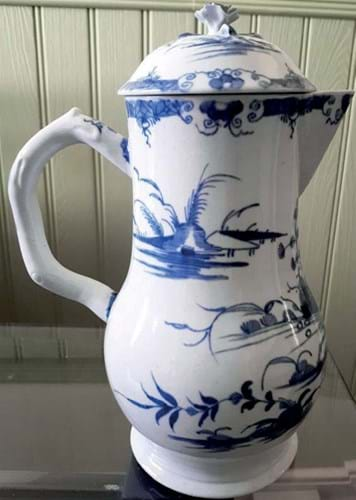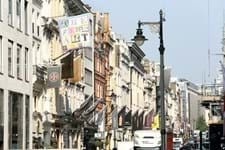Formerly known as the London Ceramics Fairs, the biannual event was relaunched in January at a month’s notice by Stephanie Castell and Ben Cooper of Two Cs Antiques Fairs, with the display-case company Casemate acting as advisers.
Castell said: “When we took over the fair to save it disappearing off the calendar we weren’t sure if we could help it survive. However, we were amazed at the dealers’ response and we should have 20 exhibitors in June, up from 14 in January.”
She added: “This may not sound many, but for specialists who are at the top of the league this fair offers an amazing amount of rare and special pieces.”
The inclusion of glass at this fair has proved popular, with well-known glass dealer Jeannette Hayhurst rebooking for the June fair immediately after the January event.
“The word has spread,” said Castell. Returning dealers include Martin Edgell, Jerry Holmes and Doreen Faulks, and new to the fair are the Cedar Tree in Lincolnshire and Drove House Antiques from Wiltshire.
Ceramics dealer David Norley has a rare mid-18th century Longton Hall chocolate pot and cover priced at £1695 at the second Kensington Ceramics and Glass Fair. Longton Hall in Staffordshire was the first pottery in the country to make soft-paste porcelain, which was produced for around just 11 years from 1749-60.

A mid-18th century Longton Hall chocolate pot and cover priced at £1695 at the second ‘Kensington Ceramics and Glass Fair’ by dealer David Norley.
Preparing hot chocolate was a complicated business: melting ground cacao beans in hot water, adding sugar, milk and spices and frothing it all up with a stirring stick called a molinet.
In the 17th and 18th centuries, chocolate was considered exotic and expensive and chocolate pots were made of silver or porcelain, the two most valuable materials at the time.














